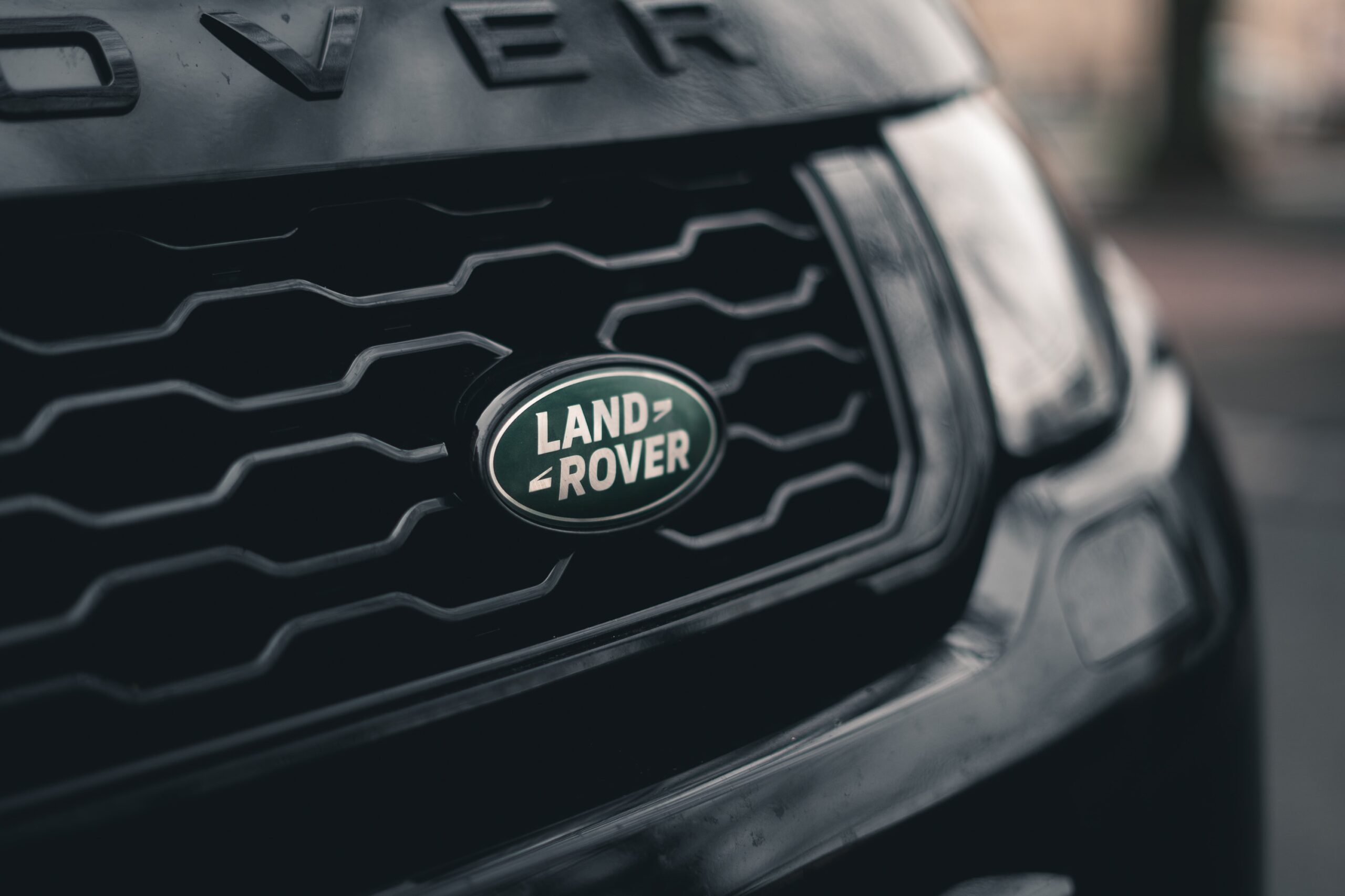Second hand motorcycles are bought and sold in large quantities every day in India. A number of forms must be filled out in order to buy or sell a second hand motorcycles. The procedure results in a full transfer of ownership of the vehicle’s rights to the new buyer because it is an ownership transfer. You must follow a thorough, step-by-step procedure to transfer ownership. When acquiring a second hand motorcycle, additional conditions for the transfer must also be met.
Therefore, it is crucial to get the required paperwork when you buy a second hand motorcycle since doing so will result in the transfer of bike ownership. Additionally, it guarantees that you will always have the right to use or sell the car.
Transferring bike ownership is a legal process that results in the new owner receiving all of the vehicle’s rights. It entails using transfer initiation to secure a few relevant documents, like RC, PUC, NOC, etc. The transfer procedure and subsequent issuing of the Transfer Vehicle Registration Certificate (TVRC) are completed with the completion of all required paperwork and receipt of pertinent certifications. As a result, you may legally take ownership of the bike you just bought.
Owners of second hand motorcycles must get a TVRC in order to ride their vehicles or buy two-wheeler insurance. Now, there are two ways that bike ownership can change:
- Change within the same state
- from one state to another transfer
When Is a Transfer of Bike Ownership Necessary?
Three situations need the transfer of bike ownership. Which are:
Scenario 1: When buying a second hand motorcycles, you must complete the bike ownership transfer process. You must complete the registration transfer process to get this right to ownership and possession because the bike’s prior owner retains all legal rights and possession up to a sale.
Scenario 2: When a bike owner passes away, ownership of the bike may also need to be transferred to his or her legal heir. The documentation requirements for ownership transfer change in such a situation.
Situation 3: A bike’s ownership may also be transferred as a consequence of an auction.
Transferring ownership of a bike requires the following documents
Look at each and every paperwork needed to get TVRC and transfer bike ownership in great detail.
1. A book of Registration Certificates (RCs).
An important document is the registration certificate, which acts as evidence of the bike’s registration. It is also on the list of paperwork you have to hand over to the RTO when you transfer ownership. The owner’s identity, the chassis number, the kind of engine, and any other information provided in an RC must be verified, among other things. In order to verify its legitimacy, be sure to compare it to the details of your bike.
Obtaining the bank’s No Objection Certificate and a stamped Form 35 to attest to the full loan repayment is necessary if you borrowed money to buy a two-wheeler.
2. PUC (Permit to Control Pollution)
A certificate stating that pollution is under control is another legal document you need to verify and receive. Verifying a PUC certificate’s validity is crucial when purchasing a second hand motorcycles. Additionally, doing so will confirm if the two-wheeler has passed its emission test and assist in determining a fair price. Verify the certificate’s authenticity by looking up the certificate’s serial number, licence plate number, test results, and expiration date. A bike owner is required to present a PUC certificate when prompted by a concerned official during routine inspections.
3. A sales invoice
When purchasing a second hand motorcycles, you must also have a sales receipt. It must be signed by the vendor. Most frequently, one buys it from a third party rather than the car’s owner. In that situation, getting a sales receipt becomes more crucial since it acts as official documentation of whether you bought your bike from a private seller or a dealership.
A sales receipt including the signatures of the buyer and the seller attests to the successful completion of the transaction. The information on any extras or taxes paid during the transfer of bike ownership is also included on this receipt.
4. A transfer deed
A transfer deed is a document used to establish ownership transfers and the sale of a bike from one owner to another. Additionally, it guarantees that the former owner of this motorcycle is not subject to any legal obligations. A transfer deed includes information on the bike, such as its registration number, chassis number, engine number, etc., as well as the names and addresses of the parties who are agreeing to the deed. This document must be officially signed by the buyer and the seller, together with a revenue stamp.
5. Certificate of Motorcycle Insurance
Another important document needed for the transfer of bike ownership is an insurance certificate. Any vehicle driving on Indian roads is required to obtain an insurance certificate, according to the most recent motor vehicle regulations. The car cannot be registered with the RTO without this certificate. Therefore, before buying a bike, be sure to have this certificate from the vendor.
You can choose to renew this coverage or get a new one for your two-wheeler if it expires.
6. A certificate of road tax
Before purchasing a used bike, you must get a road tax certificate from the previous owner. You will also need to give this certificate to the RTO when starting the bike ownership transfer process. It is a one-time or annual payment to the RTO that acts as documentation of timely tax payment.
In order to fulfil associated requirements and the transfer of ownership, you must also submit a few essential forms to the RTO. All the forms you’ll need to submit are mentioned here.
Form 29 – When a car is moved from one state to another, Form 28 is used as a NOC (No Objection Certificate). Three copies of this form must be provided by the vendor.
Form 29 – is used to inform the RTO of the sale of a bike and serves as a Notice of Ownership Transfer. Two copies of this form must be provided by the seller to the RTO.
Form 30 – works as a report of ownership transfer and serves as a confirmation of Form 30. You must give the RTO two copies of Form 30 to transfer bike ownership.
The following documentation must also be provided by the buyer in order to finalise the transfer of ownership of the bike.
- A reliable identity attestation
- A legitimate address evidence
- Two passport-size pictures
In addition, further paperwork would be needed for RC transfer to a car owner’s heir in the event of death. The following would be included.
- Death certificate of the vehicle owner as evidence of death.
- initial RC
- A Certificate of Succession issued by the attorney or another authority with the necessary jurisdiction.
- A NOC provided by the loan provider for a two-wheeler financed with a loan.
- properly completed Forms 30 and 31.
- A self-attested copy of the insurance certificate for the vehicle.
- Proof of the new owner’s address
- A certified copy of Forms 60 & 61 or, if necessary, PAN.
A Step-by-Step Guide to Transferring Bike Ownership
Transferring ownership of a two-wheeler is a two-way procedure, therefore both the seller and the buyer must start it. The filing of the required paperwork is required to transfer ownership of a bike from the prior owner to the new owner.
Any document that is missing might prevent a procedure from being completed and cause a transfer to be delayed.
The steps to finish this transfer procedure are as follows:
- The first step is submitting the transfer application: To transfer a two-wheeler, an application must be made to the RTO where it was first registered. Ideally, the seller submits such an application. When an owner passes away, the transfer should be started by the new owner who will receive the property.
- The seller of a two-wheeler must give the buyer all of the aforementioned documentation during the transfer of ownership in order for the transfer to be successful.
- Intimation to the RTO: As a result, both the seller and the buyer must intimate the sale to the appropriate RTO within a certain amount of time.
- Once all paperwork has been handed from the seller to the buyer, the process is complete. Check out some tips on things to keep in mind during the transfer process.
- A bike ownership transfer within a state must be notified to the relevant authorities within two weeks for it to be finalised. For interstate transactions, such information must be supplied within 45 days.
- The buyer must also inform the appropriate authorities of the transfer within 30 days after its completion.
What Happens If You Ride Without Transferring Bike Ownership?
According to current traffic laws, transferring ownership of a bike must be done while driving. Therefore, using a bike without transferring ownership results in a Rs. 2,000 fine.
Additionally, since the Motor Vehicles Act again makes it required, a two-wheeler ownership transfer that is not completed also implies that the bike insurance must still be transferred. Additionally, if an insurance coverage has run out of time or becomes invalid, the rider would be required to pay Rs. 2,000 as a fine for breaking safety laws.
A bike insurance policy must also be transferred from the former owner to the new owner together with the transfer of two-wheeler ownership.
The method for transferring bike insurance is as follows:
- The former owner of the vehicle must inform the insurance company that the bike has been sold. As a result, he or she is eligible to receive the non-transferable NCB (No-Claim Bonus), which can be used by the seller to receive a discount on future second hand motorcycles insurance coverage.
- The newly acquired owner of the second hand motorcycles must contact the insurer to update the current policy with his or her personal information and finalize the transfer. As a result, in order to complete the procedure, such a transfer must be informed to the appropriate RTO.










